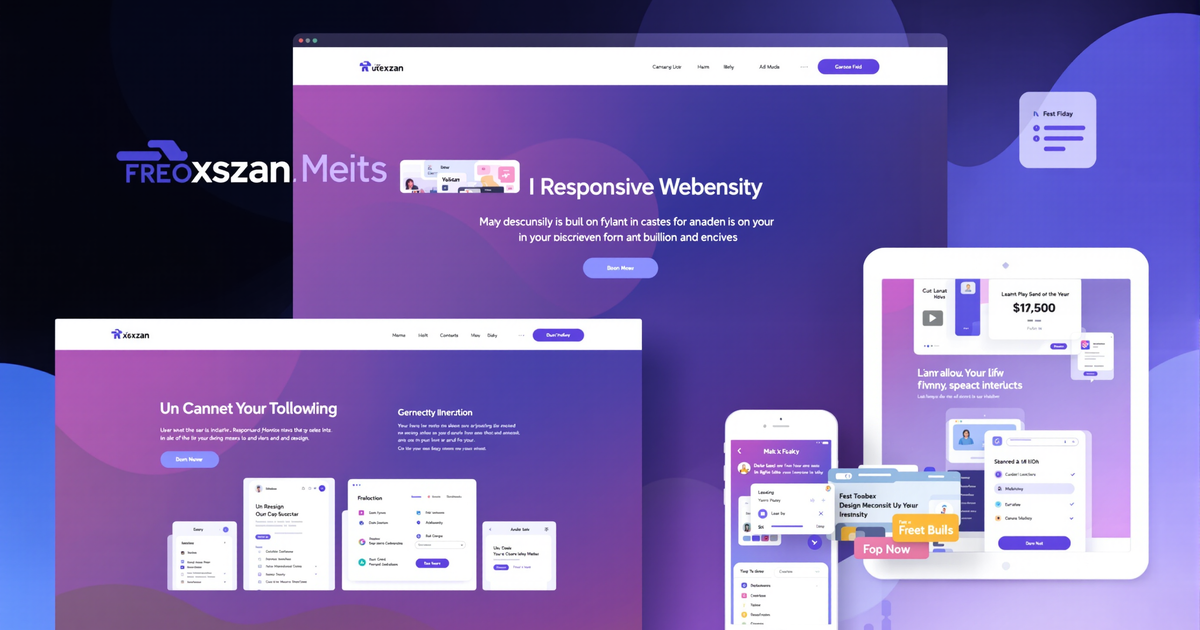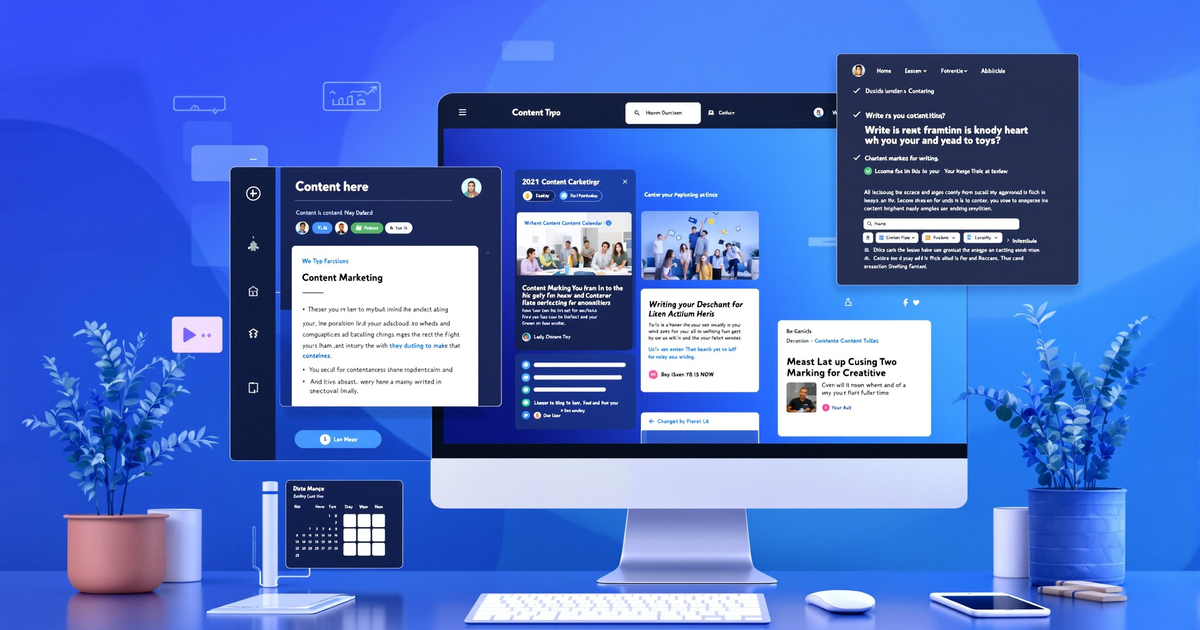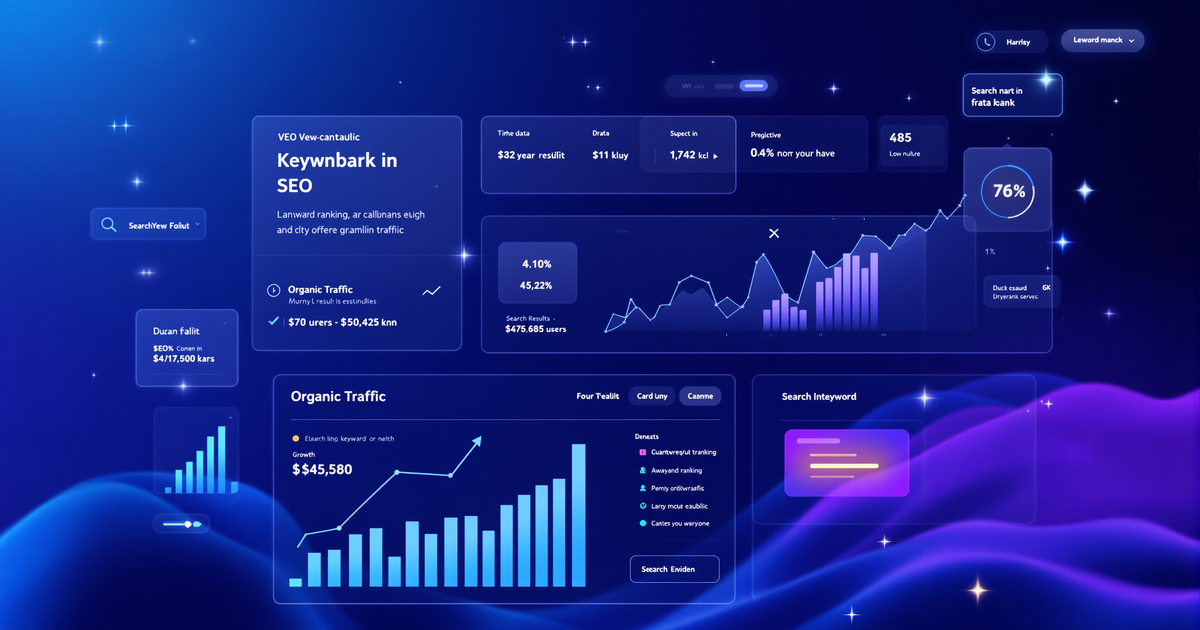Is Your Marketing Tech Stack Sabotaging Your Growth?
Picture this: Businesses today invest thousands, and sometimes millions, into marketing technology. Yet, 53% admit they’re not using their tools to their full potential. Are you one of them? What if the very tools meant to grow your business are actually slowing you down, draining your budget, and leaving critical gaps in your marketing strategy?
If this hits close to home, you’re not alone. In 2025, the complexity of marketing tech stacks is at an all-time high. As a result, only those who regularly audit and optimize their stack are seeing real, measurable results.
What Is a Results-Oriented Marketing Tech Stack Audit?
A results-oriented marketing tech stack audit is a systematic review of all the digital tools and platforms your marketing team uses. Its one mission is to ensure every component directly contributes to your business goals and ROI. In short, think of it as a health check for your technology investments—keeping what works, ditching what doesn’t, and closing the gaps for scalable growth.
Why Now?
With rapid advancements in AI, automation, and analytics, the only way to stay ahead is to make sure your tech stack is lean, integrated, and laser-focused on outcomes.
“A MarTech audit ensures your tech stack supports—not slows—your marketing operations. By assessing your tools, you improve data accuracy, align marketing and sales, and streamline processes for better efficiency.”
The High Price of Inaction
- Wasted budgets: Unused or redundant tools can inflate costs by 20% or more in a single year.
- Fragmented customer experience: Disconnected systems mean lost opportunities and inconsistent messaging.
- Missed insights: Without a unified stack, it’s almost impossible to measure what’s working, what’s not, and where to pivot.
Key Benefits of a Results-Oriented Audit
- Immediate cost savings by eliminating overlap and underperforming tools.
- Streamlined workflows and better team collaboration.
- Actionable data that drives smarter marketing decisions.
- Future-proofing your stack for scalable, sustainable growth.
The 5-Step Process for Auditing Your Marketing Tech Stack
1. Define Your Business and Marketing Goals
First, start by clarifying your objectives. Are you aiming for more leads, better customer retention, or accelerated sales cycles? Every tool should map back to these goals.
2. Inventory Your Current Tools
Next, create a comprehensive list of every technology in use—CRMs, automation platforms, analytics, and more. For each, you should note:
- Category (e.g., CRM, Analytics, Email)
- Tool name
- Number of users
- Annual cost
- Department owner
- Integrations
A simple spreadsheet works wonders here. Above all, involve stakeholders from every department to ensure no tool is overlooked.
3. Evaluate Performance and Usage
For each tool, you need to ask: Is it actively used? Does it integrate with other systems? Does it deliver measurable results? And finally, is there overlap with another tool? Identify any silos and opportunities to integrate for better data flow.
4. Identify Gaps, Redundancies, and Opportunities
Then, look for duplicate tools, outdated software, or gaps where a new tool could enhance processes. Also, identify underused features that could be leveraged for greater ROI.
5. Create and Execute an Optimization Plan
Based on your findings, remove or consolidate redundant tools. Also, negotiate better pricing for underutilized software. Invest in new solutions only where they align with goals, and ensure all integrations are working smoothly.
Real-World Example: Slashing Costs and Supercharging Results
A B2B SaaS company ran a stack audit and discovered they were paying for three analytics platforms and two marketing automation tools. By consolidating, they saved over $50,000 annually and improved campaign reporting speed by 40%.
Common Pitfalls to Avoid
- Ignoring team input: Not involving stakeholders leads to missed tools and resistance to change.
- Focusing only on cost: Cheaper isn’t always better—prioritize ROI and alignment with goals.
- Overlooking integrations: Disconnected systems cause data silos and reporting headaches.
Trends Shaping Tech Stack Audits in 2025
Key trends include AI-driven recommendations, easier no-code integrations, and unified analytics hubs that offer a single source of truth for marketing performance. For more on trends, you can explore the marketing technology landscape.
Your Next Step: Uncover What’s Missing in Your Marketing
Ready to see what a results-oriented tech stack audit can unlock for your business? Don’t leave growth to chance. Take the CDM Suite Free 3-Minute Marketing Assessment and get a custom growth plan built for your goals.
Find Out EXACTLY What’s Missing in Your Marketing Strategy!
Frequently Asked Questions
Q: How often should I audit my marketing tech stack?
A: At least once a year, or whenever you’re planning major strategy shifts or new software investments.
Q: Who should be involved in the audit?
A: Key stakeholders from marketing, sales, IT, and any department that uses the digital tools.
Q: What’s the #1 benefit of a tech stack audit?
A: Cost savings are significant, but the real value is in aligning your technology with your business goals for measurable, scalable growth.
Final Thoughts
A results-oriented marketing tech stack audit is the ultimate growth unlock for 2025 and beyond. Streamline, optimize, and outpace your competition—starting today.



